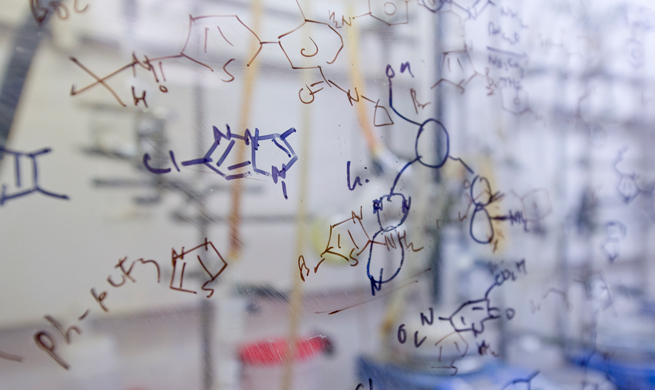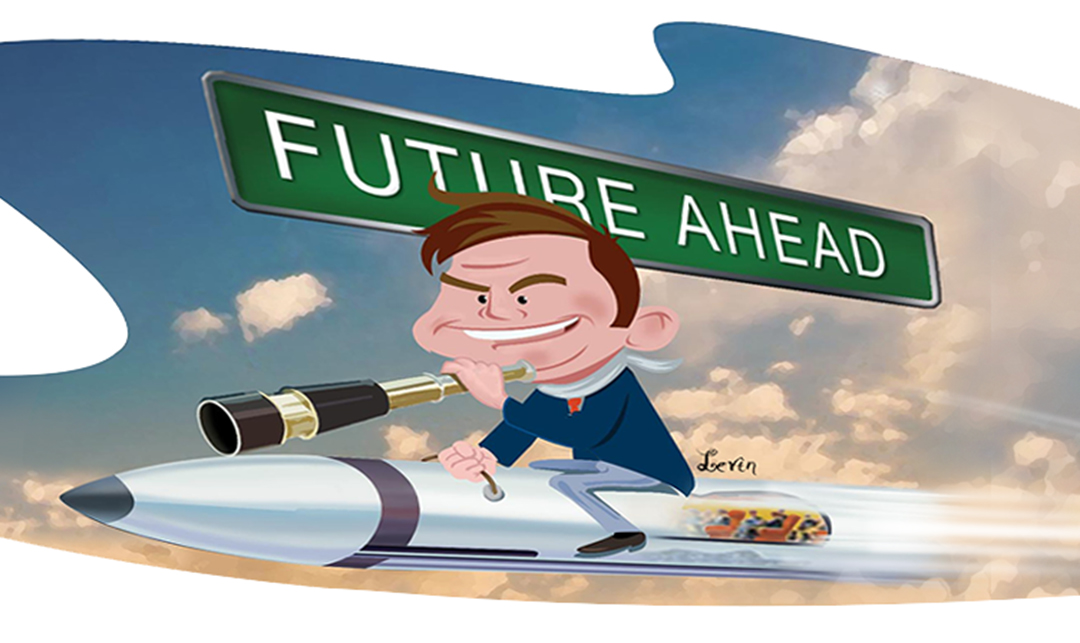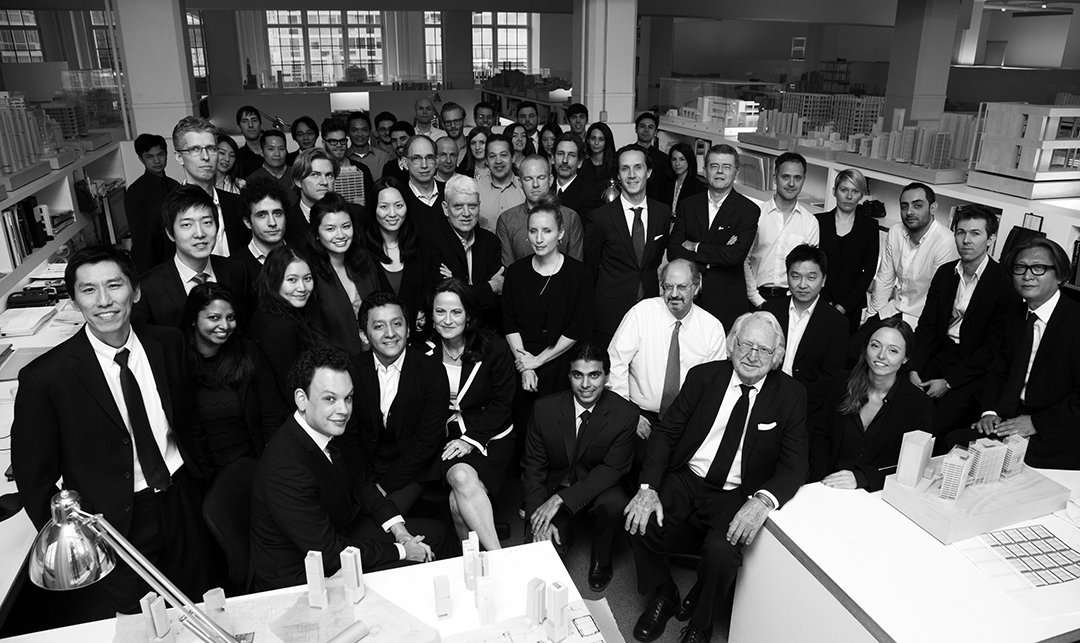“People have no idea of how fast things are moving…” Undisclosed Silicon Valley Technologist.
The technological environment we live in has already rapidly moved beyond the wildest of science fiction novels we read in our childhoods. Self-driving vehicles take us to and from our smart homes while virtual assistants like Siri and Alexa help us become more efficient. Robots are showing up to the office for process automation and some are even in our homes. Data is the new gold and we generate significant amounts of it that is then consumed and analyzed by powerful computers to help companies make business decisions.
Computational power is increasing while its cost is decreasing.
The phenomenon known as Moore’s Law has remained true for over 50 years. In 1965, Gordon Moore, who was the CEO of Intel, wrote a paper about his observation that the number of transistors per integrated circuit, along with computational power, doubles every two years. At the current rate, a single computer chip is expected to have the computational power of an insect by the year 2023 and that of a human being by the year 2060.
This doubling of power also comes with a major reduction in cost. In 1956 the IBM 305 RAMAC, which was the first commercial computer, had 5 megabytes of computational power and cost $120,000. Today, a 128-gigabyte chip only costs about $99, which represents a 10 trillion-fold improvement.
[To read more of Pardis Nasseri’s thought leadership click here]
The internet of things and cloud computing have created our new gold: Data.
With computer chips getting smaller, smarter, faster, and cheaper it’s no wonder they exist in most things that we touch. Our “smart” devices gather data from our every move and track our every step. Super computers in the “cloud” then analyze this data to understand our behavioral patterns and decision-making processes in order to anticipate our next steps.
While technology will continue to develop, and potentially displace the human workforce at some capacity, we can stay relevant by developing the skills that we will need to operate in an AI-driven environment.
If you find this unsettling, you haven’t been paying attention to recent technology and data analytics trends. The data that each of us produces daily through social media, email, internet and smart devices is analyzed constantly. Artificial intelligence and machine learning are the technical terms given to the computers and processes involved in this data mining analysis. The significance of this analysis is that it gives the firms who control the data a competitive advantage. In addition to disrupting business, artificial intelligence and machine learning capabilities also have the potential to replace certain workforces through automation.
Most Business leaders are aware but unprepared
Companies like Apple, Alphabet, Amazon and Microsoft along with other data-rich firms like IBM, Facebook, Salesforce and Chinese giants Baidu, Alibaba and Tencent are investing heavily in artificial intelligence. Eighty-five percent of the approximate 1,400 global CEOs surveyed by PwC for their 22nd Annual Global CEO Survey agree that AI will significantly change the way they do business in the next five years, which is a strikingly high number. In fact, close to two-thirds of global CEOs expect the impact of AI to be more significant than that of the internet and 54% of Fortune 500 CEO’s surveyed in 2018 said it was “very important” to the future of their companies. However, only a little over 20% of those executives have made major investments in AI to date.
How should you prepare for the disruption that will be caused by AI? While technology will continue to develop, and potentially displace the human workforce at some capacity, we can stay relevant by developing the skills that we will need to operate in an AI-driven environment. According to Paul Daugherty, Chief Technology and Innovation Officer at Accenture and co-author of Human + Machine; Reimagining Work in the Age of AI, it isn’t necessarily the STEM skills or the coding and machine learning skills that we will need. In a recent Fortune CEO forum, Paul explained:
“There is one new set of jobs where people will need to help AI, to help the machines, called ‘trainers, explainers and sustainers’… and we have been hiring people like sociologists, psychologists and even poetry majors who really understand the nuance of language and can help train the engineers and the machines. Then there is a second broad category of people where AI and the like will help them do their jobs more effectively, increase their productivity, and give them, in essence, new superpowers…”
“It’s going to be hard to find people with these skills in the market because some of these things don’t exist at scale in the market now. So we believe the right approach is (for companies) to invest in new learning platforms so you are able to bring your employees along as these new skills emerge…”
What to do now?
If you feel like you are falling behind on your AI strategy, you are not the only one. As part of the research for his book, Paul Daugherty conducted a survey asking executives if their workforces were ready for AI and 65% said that they were not. Despite this, only 3% said they were investing in AI trainings.
As AI continues to develop, it is critical for business leaders to monitor its technological progress and invest in training and developing their workforces. The “easy route” to implementing AI that a majority of early adopters are taking is to use enterprise software solutions with AI baked in, like Salesforce’s Einstein. However, given the higher expectations we all have for future AI development, custom solutions will need to be the next step.
In summary, transitioning to an AI dominated world will take some time as companies learn more about its vulnerabilities and limitations, but business investments in AI are on the rise and something every business leader should be considering.
[For more on Palm Tree’s approach to Transactions & Transformations click here]













































